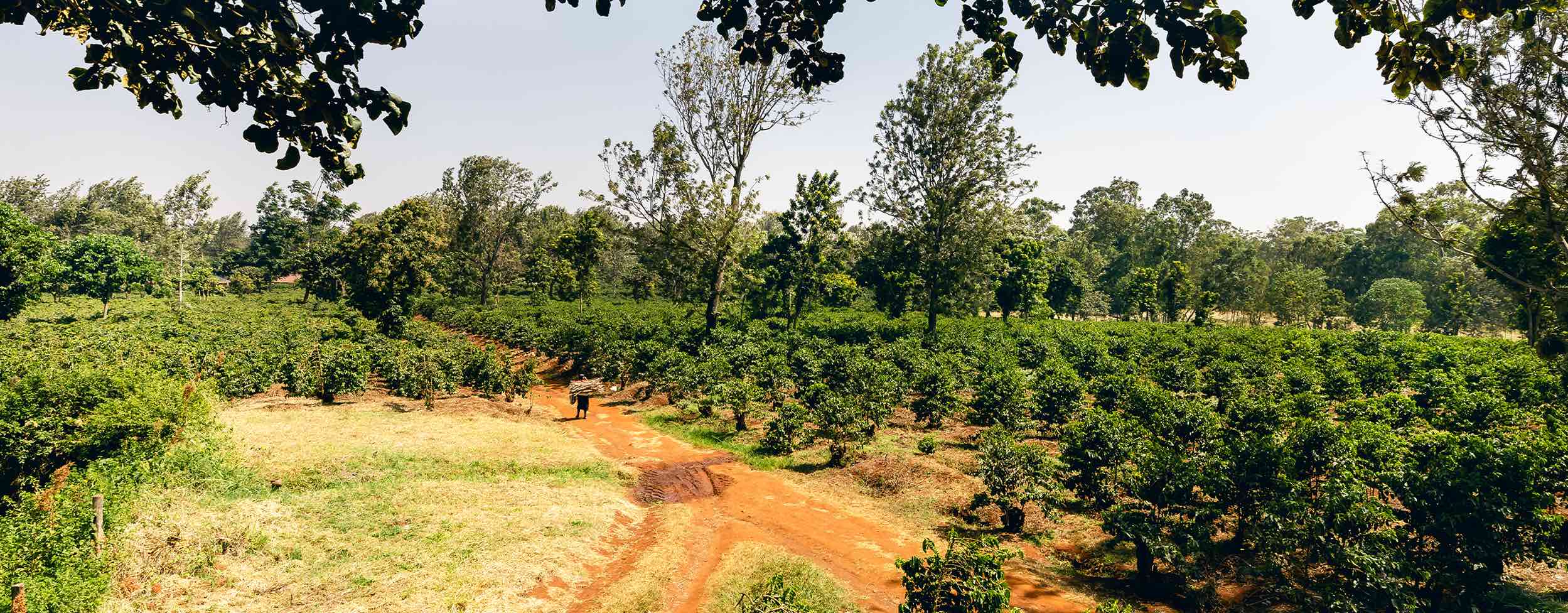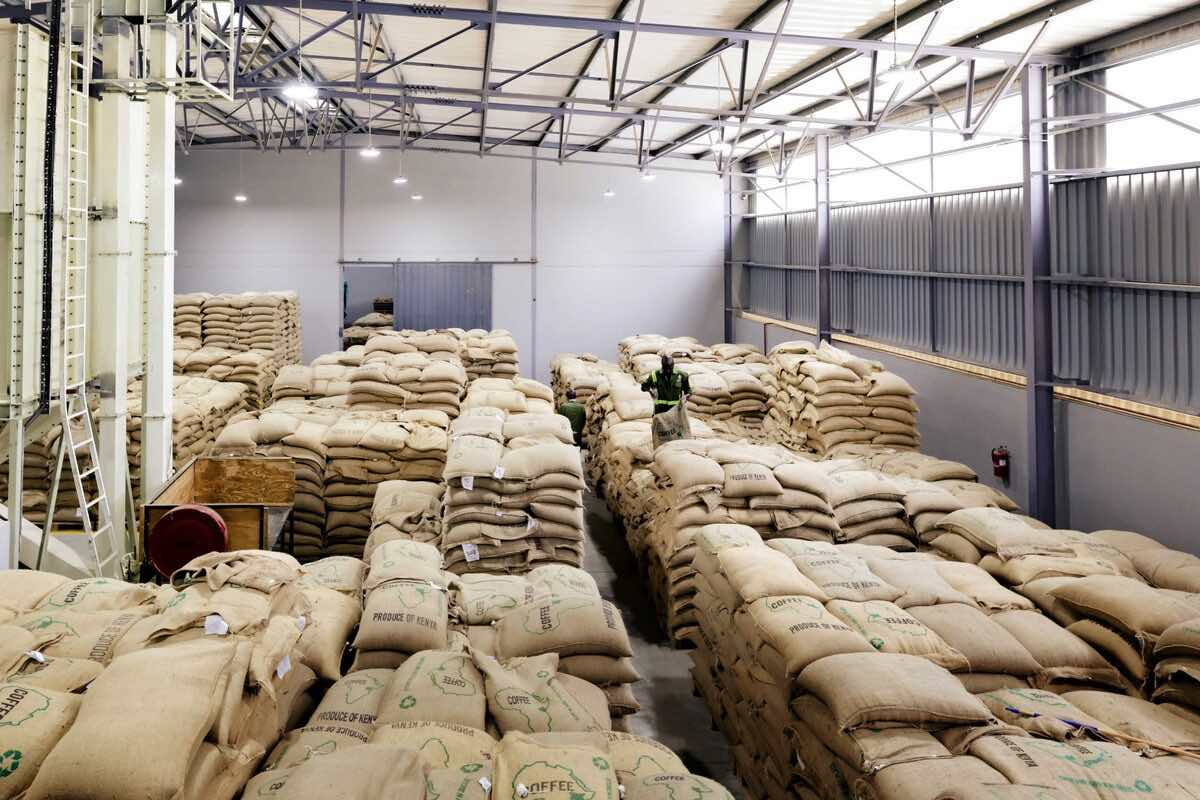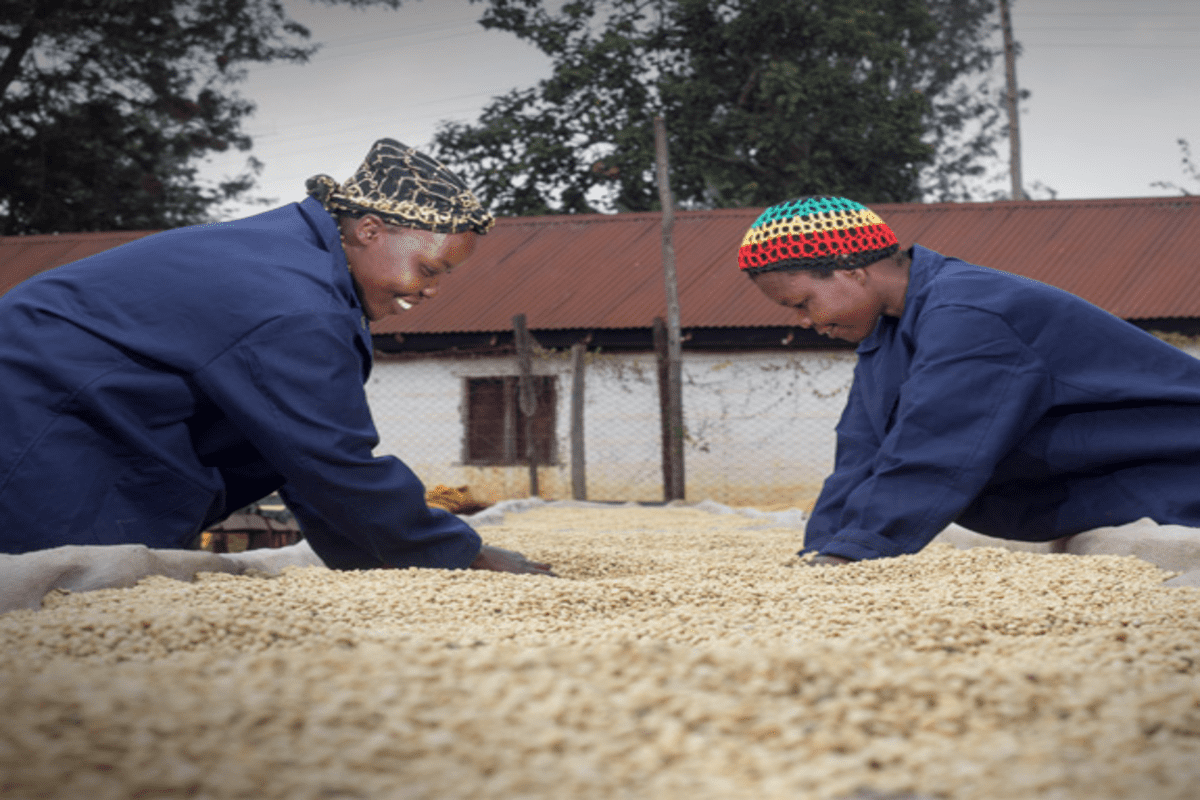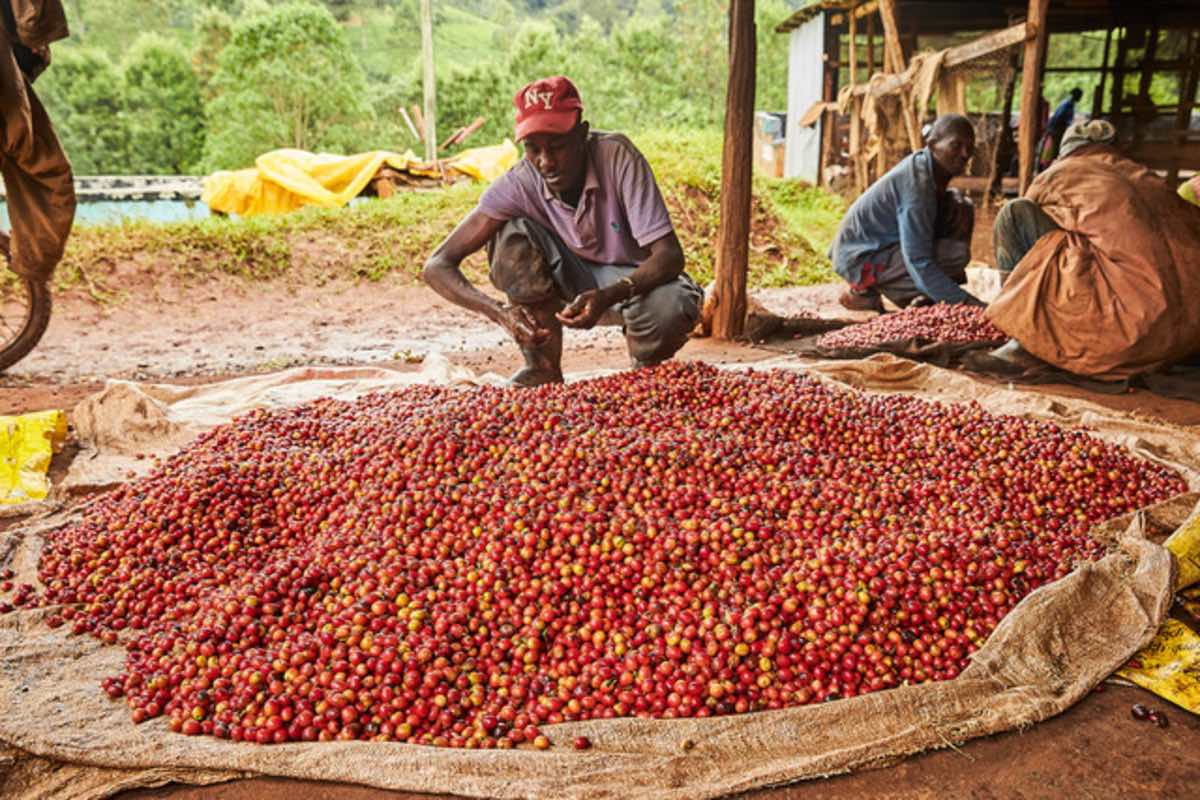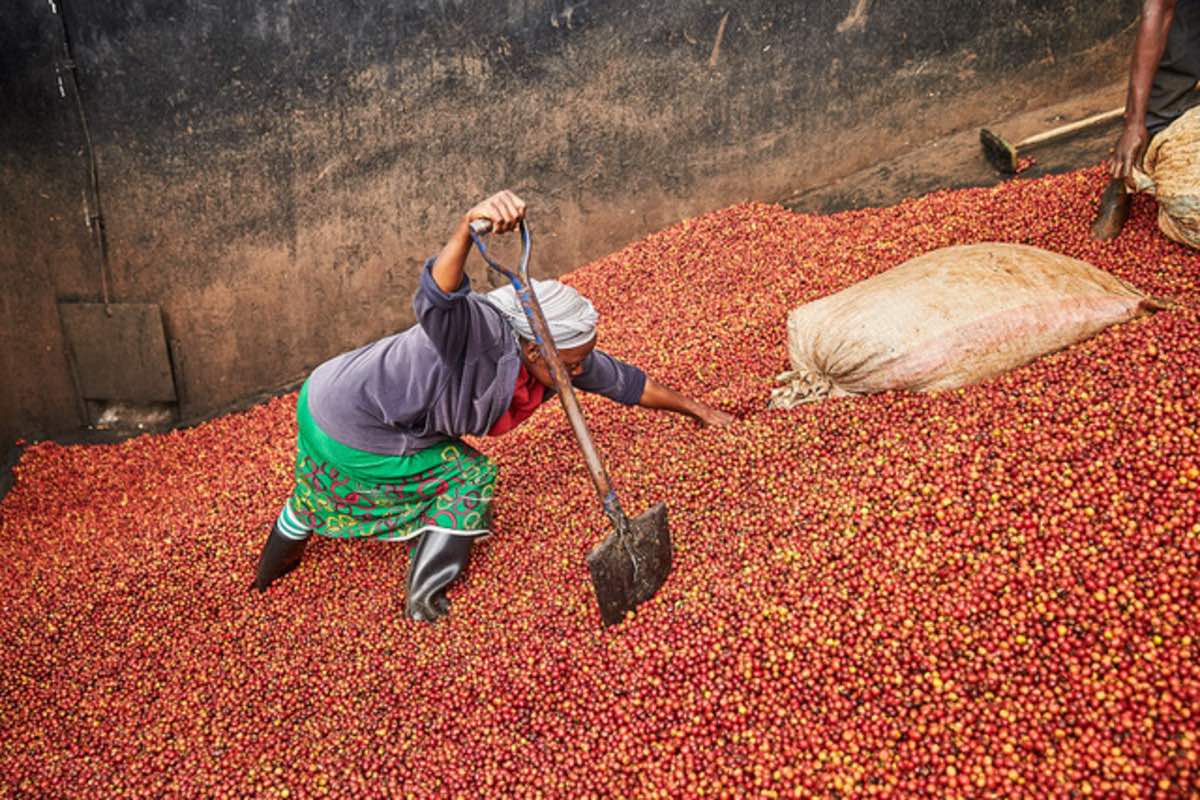
Coffee Farming : Tips on how to manage Common Diseases
Trending Coffee Diseases to Watch Out for in Kenya
Coffee is one of Kenya’s most important cash crops, contributing significantly to the country’s economy. However, coffee farmers face several challenges, including various diseases that can adversely affect crop yields and quality. Understanding these diseases is crucial for maintaining healthy coffee plants and ensuring a robust harvest.
-
Coffee Leaf Rust (CLR)
What is Coffee Leaf Rust?
Coffee Leaf Rust (Hemileia vastatrix) is a fungal disease that primarily affects the leaves of coffee plants. It is characterized by yellow-orange powdery lesions on the underside of leaves, leading to defoliation and reduced photosynthetic ability.
Impact on Coffee Plants
CLR can lead to significant yield losses if not managed properly. The disease weakens coffee plants, making them more susceptible to other pests and diseases.
Management Strategies
– Resistant Varieties: Planting resistant coffee varieties can reduce the impact of CLR.
– Regular Monitoring: Early detection through regular field inspections helps in managing outbreaks.
– Organic Fungicide Application: Applying appropriate organic fungicides can control the spread of the disease.
-
Coffee Berry Disease (CBD)
What is Coffee Berry Disease?
Coffee Berry Disease (Colletotrichum kahawae) is a fungal infection that affects the berries of coffee plants. It is prevalent in regions with high humidity and can cause significant damage to crops if left unchecked.
Symptoms and Effects
– Dark Lesions: Infected berries develop dark, sunken lesions.
– Premature Dropping: Affected berries may drop prematurely, reducing yield.
– Poor Quality: Infections can lead to poor-quality beans.
Control Measures
– Cultural Practices: Pruning and proper spacing can improve air circulation, reducing the disease’s incidence.
– Chemical Control: Fungicides can be effective when applied at the right time, particularly before the onset of wet weather.
– Resistant Cultivars: Growing resistant varieties can provide long-term solutions.
-
Coffee Wilt Disease (CWD)
Understanding Coffee Wilt Disease
Coffee Wilt Disease, caused by the Fusarium xylarioides fungus, is a devastating disease that leads to wilting and eventual death of coffee plants. It primarily affects the Robusta coffee species but can also impact Arabica coffee under certain conditions.
Symptoms
– Wilting: Sudden wilting of leaves and branches.
– Dieback: Gradual dieback of stems and branches.
– Internal Discoloration: Brown streaks inside the stem.
Prevention and Management
– Sanitation: Removing and destroying infected plants can prevent the spread of CWD.
– Breeding for Resistance: Investing in research to develop resistant coffee strains.
– Crop Rotation: Avoid planting coffee in fields previously affected by CWD.
-
Root-Knot Nematodes
What are Root-Knot Nematodes?
Root-knot nematodes (Meloidogyne spp.) are microscopic parasites that attack the roots of coffee plants, causing galls or knots that disrupt nutrient uptake.
Impact on Coffee Plants
– Stunted Growth: Infested plants show stunted growth and yellowing of leaves.
– Reduced Yield: Severe infestations can lead to significant yield losses.
Control Strategies
– Soil Fumigation: Treating the soil with nematicides can reduce nematode populations.
– Resistant Varieties: Using resistant coffee varieties can help manage nematode infestations.
– Crop Rotation: Rotating crops with non-host plants can reduce nematode numbers in the soil.
Conclusion
Altogether, managing coffee diseases is essential for maintaining healthy coffee plantations and ensuring high-quality yields. By staying informed about the latest disease trends and implementing effective control measures, Kenyan coffee farmers can safeguard their crops and contribute to the sustainability of the coffee industry. At Servicoff Limited we are committed to supporting farmers by providing expert advice and innovative solutions to combat these challenges.



